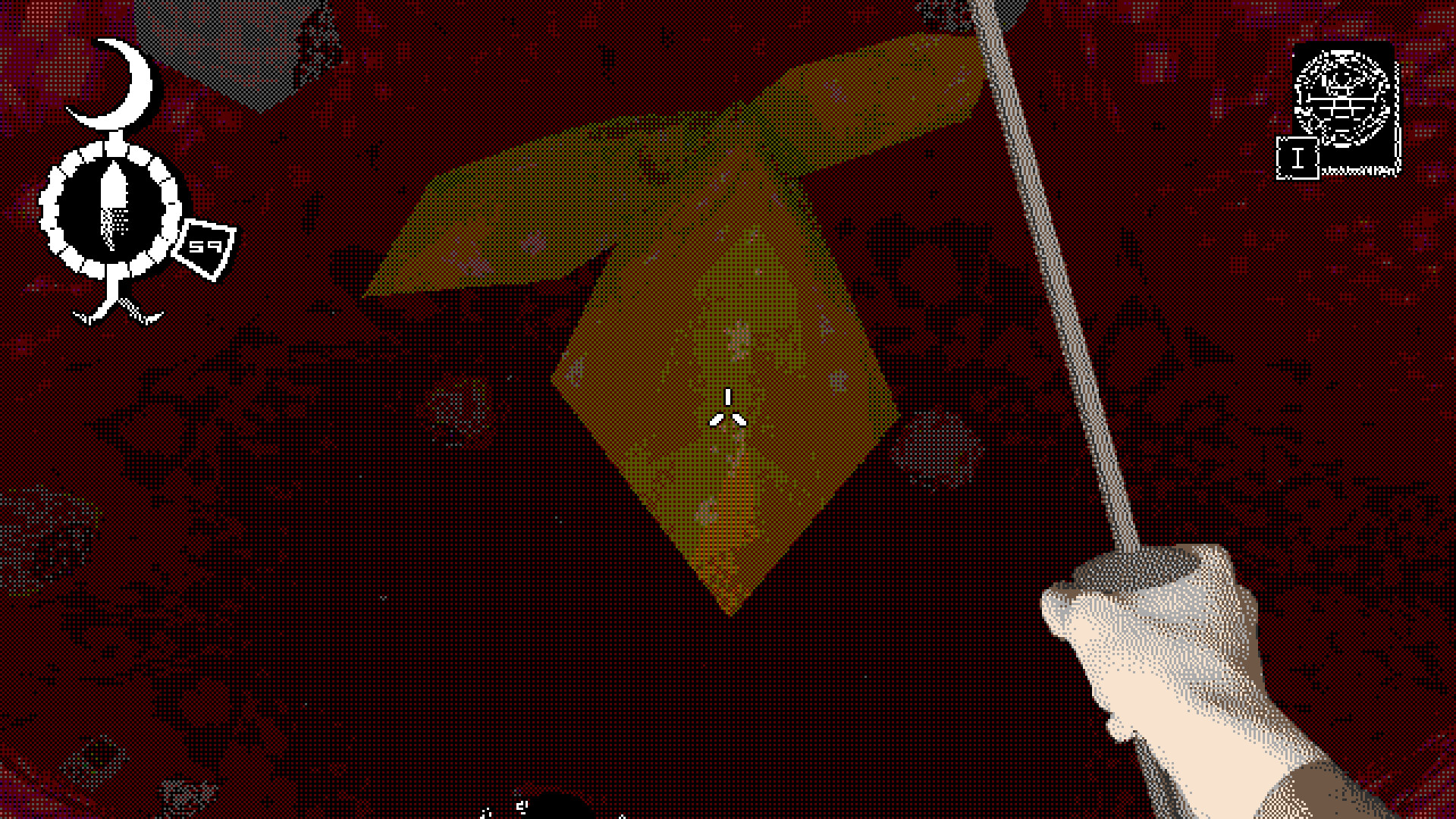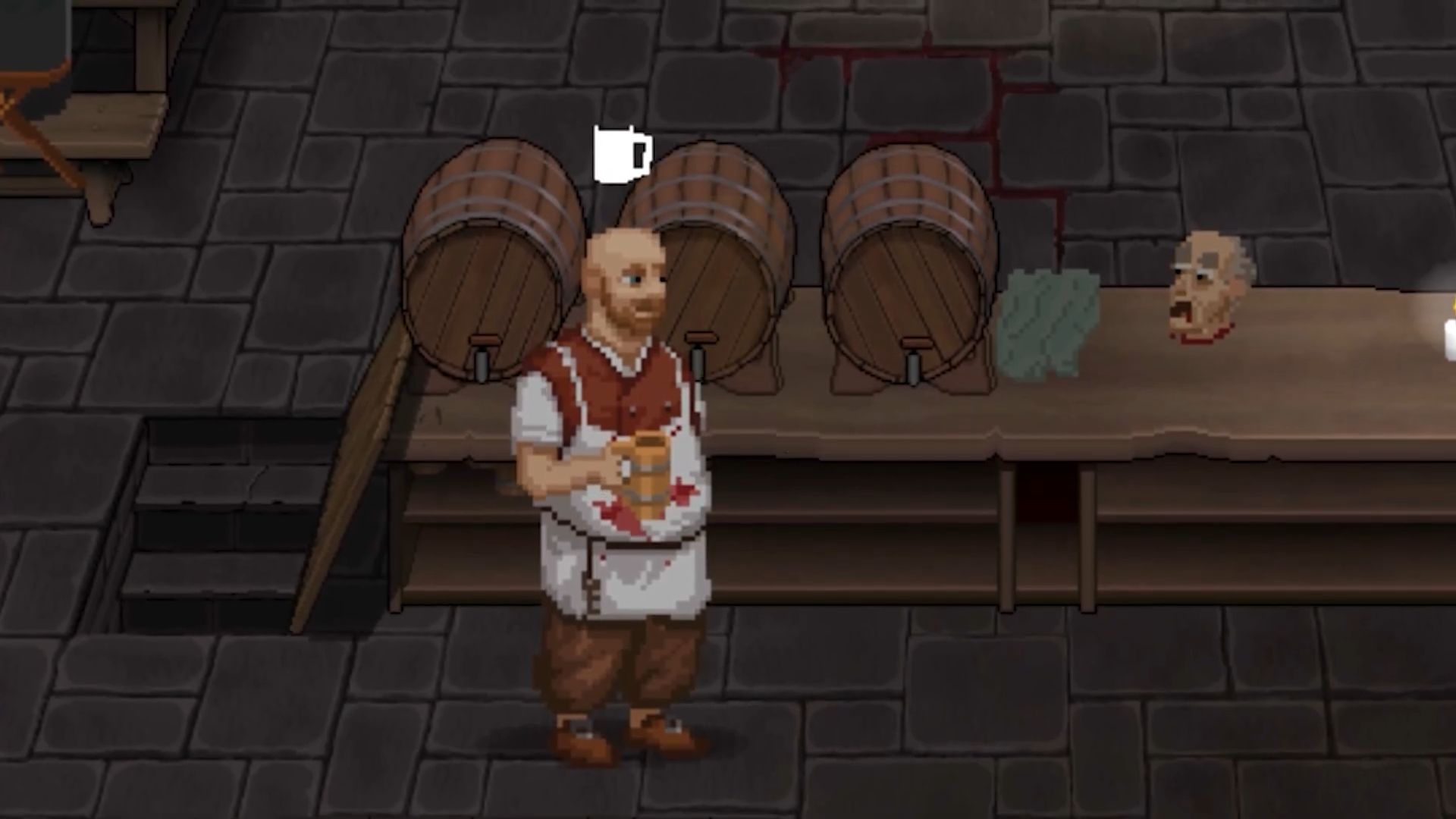
With the vast majority of The Legend of Zelda: Tears of the Kingdom beholden to the players’ imagination and drive to discover, no two journeys through Hyrule will ever be completely alike. The only true power Nintendo has over your adventure is the start and end point of its main story, with the former needing to be expertly curated in its direction to give you everything you’ll need to flourish from that point onwards. It’s a level of bold authorship that trusts the player to write the rest of their story.
Crafting an opening as strong as Tears of the Kingdom’s is no mean feat, and while many games of the past have wowed with their introductions, I’m not sure any have quite nailed it like Nintendo has here. Breath of the Wild was close, delicately introducing key gameplay mechanics scattered around its Great Plateau. The Last of Us kicks off a story like no other, masterfully reaching narrative highs as Joel sinks to personal lows. Bioshock and its sequels craft a sense of place like no other, the fallen utopias of Rapture and Columbia welcoming you with states of unease. But, magically, Tears of the Kingdom manages to hit on all three of these fronts, combining them to create a video game opening like no other.
Mechanical Engineering
Nintendo has long been the master of naturally introducing gameplay mechanics into the early levels of its games. From Mario’s first 8-bit jump onto a Goomba, through the GameCube era and Metroid Prime’s all-action opening, to Breath of the Wild and beyond, Nintendo is a master of setting out rules that never feel restrictive, but are there to nurture the fun. There are obviously parallels to be drawn between both Tears of the Kingdom and Breath of the Wild’s opening hours, from the reawakening in a cave to the inescapable tutorial area full of lessons to be learned. But the echoes seem stronger with games in the Metroid series this time around, and not just due to the literally heartbreaking intro scene in which Link has his maximum health decimated.
Metroid loves nothing more than to tease you with a full arsenal of abilities only for them to be torn away as you spend the following hours collecting them all back as you battle physical amnesia. It’s essentially what Tears of the Kingdom is doing here, but instead of removing all of the special skills you’ve become accustomed to over dozens of hours in Breath of the Wild and tasking you with getting them back, it replaces them with a whole new suite of physics-based gadgetry. Thankfully, Tears of the Kingdom doesn’t make you wait anywhere near as long as Metroid Prime, for example, instead granting you the inventive and endlessly fun Ultrahand, Fuse, Ascend, and Recall abilities within its first couple of hours.
By carefully spreading these abilities out across the tutorialised Great Sky Island, each shrine and journey between them in this relatively limited space is there to teach you the basics of how these powers work before setting you free to unleash them on its wider world. It’s a delicate balance pulled off perfectly, as you’re forced to use them to solve basic puzzles – like building a raft to cross unswimmable waters – but also rewarded for exploring and experimenting with them, such as using Ascend to acquire handy warm-weather clothing.
Great Sky Island is only the tip of the iceberg of what Tears of the Kingdom has to offer, but gives you so much to play with.
Although ‘rules’ are set out when you’re granted each new ability, like Breath of the Wild you’re encouraged to break them. Great Sky Island is only the tip of the iceberg of what Tears of the Kingdom has to offer, but gives you so much to play with so early that what might take less than an hour to complete could easily blossom into three or four. The pacing of how quickly you get the powers, as well as their geographical spacing, is masterfully executed as Nintendo keeps things consistently fresh without ever threatening to overwhelm. Playing at your own pace is part of the joy of open-world Zelda, and mastering these new abilities will only be to the benefit of unlocking more fun later on. Of course, this sense of starting again is not only bound to gameplay systems but intrinsically linked to the story it’s trying to tell.
Tale as Old as Time
Loss is the catalyst for many great tales. Whether it’s the deeply personal loss of a loved one as depicted in The Last of Us, or the galaxy-ending threat posed after the iconic tragedy of the Normandy at the beginning of Mass Effect 2, loss is something we’ve all experienced. It’s a specifically painful and relatable event in terms of Tears of the Kingdom as the Hyrule you got to know so intimately well in its predecessor is changed forever within minutes of playing.
Of course, Tears of the Kingdom threatens to inflict both personal and world-threatening disasters. The beginning of Link’s latest adventure takes us on an expedition into the bowels of Hyrule Castle as Princess Zelda searches for clues as to what’s causing the mysterious gloom. It’s an immediately engaging introduction that delivers mystery and spectacle, and births a dangerous new threat all in the space of under 10 minutes.
The Princess may once again be in another castle, but there’s something about TOTK’s introduction that doesn’t feel as scripted or plagued with cliche as it could so easily be. It’s an altogether more exciting start to the story than Breath of the Wild because it holds you back before setting you free, which gives more of an emotional charge to spark your mission. Losing Zelda – seeing her slip away, just out of grasp – powerfully highlights the emotional connection between her and Link, and now it’s severed. It’s a fantastic sequence that culminates in the ripping up of the Hyrule you’ve been familiar with and an introduction to its stunning new Sky Isles.
A Sense of Place
Some of the most effective game openings use the trick of starting in the familiar but quickly plunging into somewhere wholly strange and wondrous. Tears of the Kingdom’s transition from Breath of the Wild’s well-known Hyrule to its new, devastated form is the perfect example, as Link leaps onto the Great Sky Island as the majestic score swells. It’s a more serene dive compared to Bioshock’s bathysphere into Rapture, but one that serves as much purpose. In Irrational’s 2007 masterpiece, the familiar is a passenger aircraft, and the firmly unfamiliar an underwater city gone to hell. In Tears of the Kingdom, the familiar is waking up in a cave, just like you do in Breath of the Wild, but the yellow grass outside is nothing like the lush fields found below in Hyrule. It’s simple, but something as subtle as changing the colour of the grass can have as much effect as a transition from a burning plane to an ocean metropolis.
Of course, its Sky Isles conjure up images much more akin to those found amongst the clouds of Columbia in Bioshock Infinite. Booker’s walk through a Utopia harbouring dark layers plays out expertly and is one of my favourite opening stretches of any game. The world-building is second to none as a vivid sense of place is developed at every turn. NPCs tell tales of the city’s history, serving as both a welcoming smile to your new surroundings but also a warning of the sinister secrets lurking behind them. While the Great Sky Island isn’t a bustling city complete with barbershop quartets, it has non-hostile Constructs to talk to. Their main purpose is to aid with gameplay tips, but they also offer unique insight into the land they inhabit. The same can be said for Rauru, your Zonai guide, who serves as both a storyteller and worldbuilder during these opening moments.
This new layered Hyrule is a world that at first feels foreign and to an extent daunting, but soon becomes the playground for Tears’ jewel in the crown – its gameplay, something Nintendo has historically valued more than anything else. Breath of the Wild was a fantastic example of gameplay limited only by your imagination, set in a vibrant open world, but its story was a lot shallower. The Last of Us gave us an all-too-familiar world-turning-to-hell-before-our-eyes tale but its gameplay roots were well-trodden. Tears of the Kingdom achieves a rare feat: its spellbinding opening pays equally close attention to the trifecta – or Triforce, if you will – of story, world, and gameplay.
Near the end of your time on the island, one last masterstroke is played. You return to the cave where your story began, in a place that feels familiar yet exciting, but this time with a fresh suite of skills begging to be experimented with. It’s a poetic nod to your newly-acquired Recall ability, which allows you to unlock new doors of discovery. It completes a cadence expertly constructed in an opening hour or two that sets the foundations of adventure for hundreds more to come.
And for help with everything Tears of the Kingdom, take a look at our Tears of the Kingdom Walkthrough and Guide. Our experts recommend you start here:
16 Things to Do First in Tears of the Kingdom14 Things Tears of the Kingdom Doesn’t Tell YouHow to Uncover the Full TOTK MapHow to Expand Your Inventory in TOTKPSA: Your Old BOTW Save Unlocks Something Cool in TOTK
Simon Cardy wishes he could make as good a first impression as Tears of the Kingdom. Follow him on Twitter at @CardySimon.





